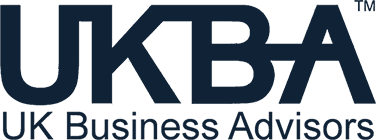High performing teams are the fuel that drive every successful business. You obviously want your own teams to perform at the highest possible level, day in and day out. But that will not happen by accident. Business owners have to make a concerted effort to build high-performing teams and then keep them going from day to day.

Understand that every business can be driven by high performing teams. What I am proposing is not mere business theory, it is proven fact. I have developed an acrostic – GOALS – to explain in a very concise manner what is needed to build and maintain high-performing teams:
G = Goals
Building a high-performance team starts with establishing what a remarkable future end-state looks like. In other words, what do you want your business to look like six months down the road? What are you shooting for at one year, five years, 10 years and beyond? Establishing both short- and long-term goals requires having a vision for your own remarkable future.
O = Opportunities
Your vision for the future and the goals you develop to achieve that vision must be supported by opportunities for team members to be involved. Remember, the point of building high performing teams is to empower them to achieve the goals necessary to bring your vision to fruition. There is no point in having goals if you do not give team members every opportunity to achieve them.
A = Actions
Goals established for your teams are broad by nature. Achieving those goals requires precise actions that will be taken by each member of a given team. With vision, goals, and opportunities in place, ask yourself this question: what does each team member need to do to ensure we all succeed? Use the answer to that question to develop tangible actions that team members can implement.
L = Learning
Establishing tangible actions is likely to reveal a lack of knowledge and/or skills in key areas. This is a good thing. By asking yourself what knowledge and skills need to be acquired to succeed, you will be positioning your team members to increase their own performance by expanding their skill sets. The one thing to remember here is that failing to continue learning is guaranteed to prevent a team from performing at its highest level.
S = Systems
Finally, all the other evaluation points have limited value if a company does not have the systems and key performance indicators in place to ensure that momentum is achieved and sustained. Therefore, building and maintaining high performing teams requires a complete evaluation of the company’s systems. Where improvements need to be made, there should be no delay.
A company with high-performing teams is a company poised for success. But building and maintaining high performing teams does not happen by accident or coincidence. It requires a concerted effort based on GOALS. It is an effort that establishes goals, opportunities, actions, continuous learning, and systems that provide the foundation and fuel for success.
